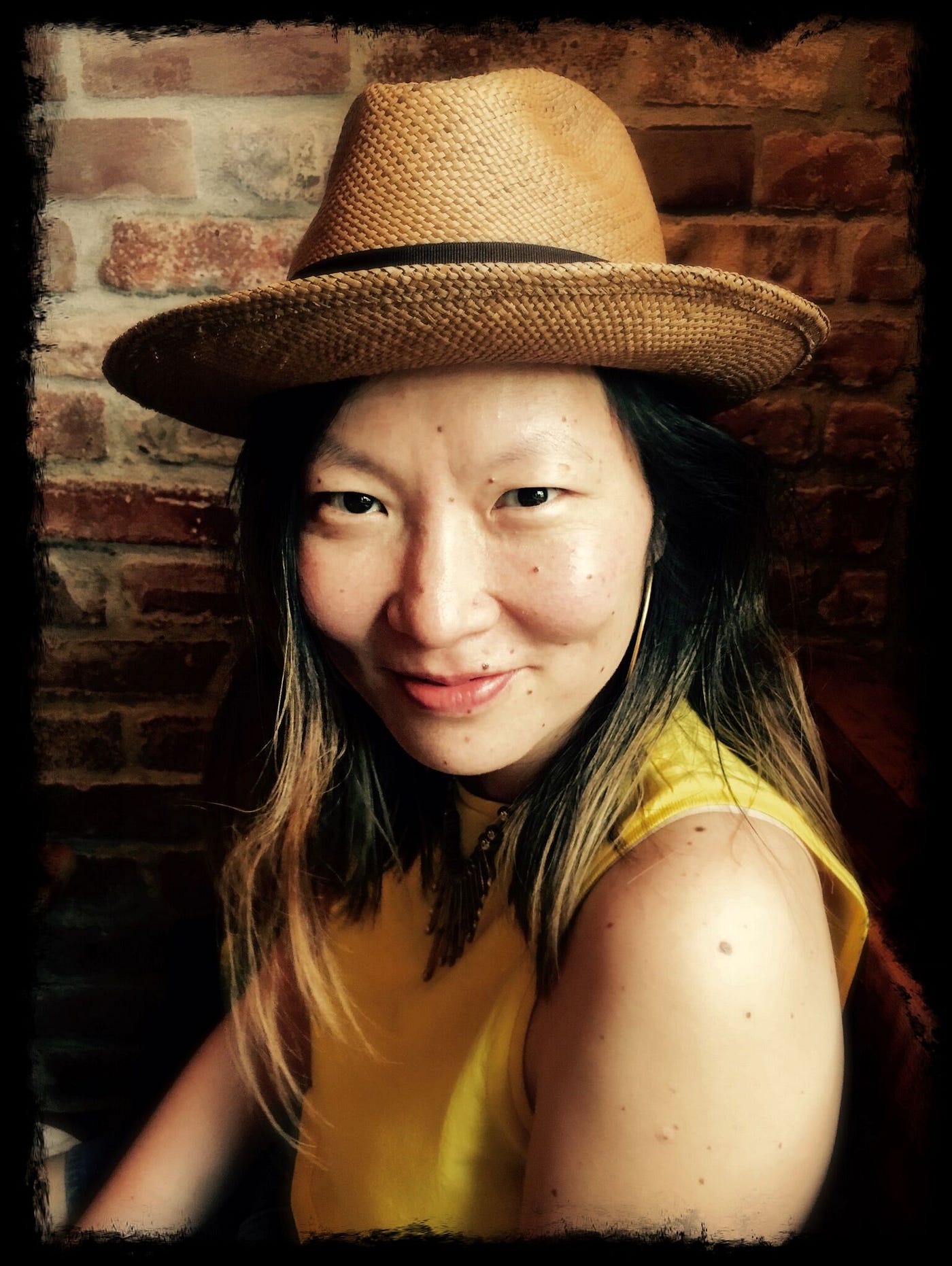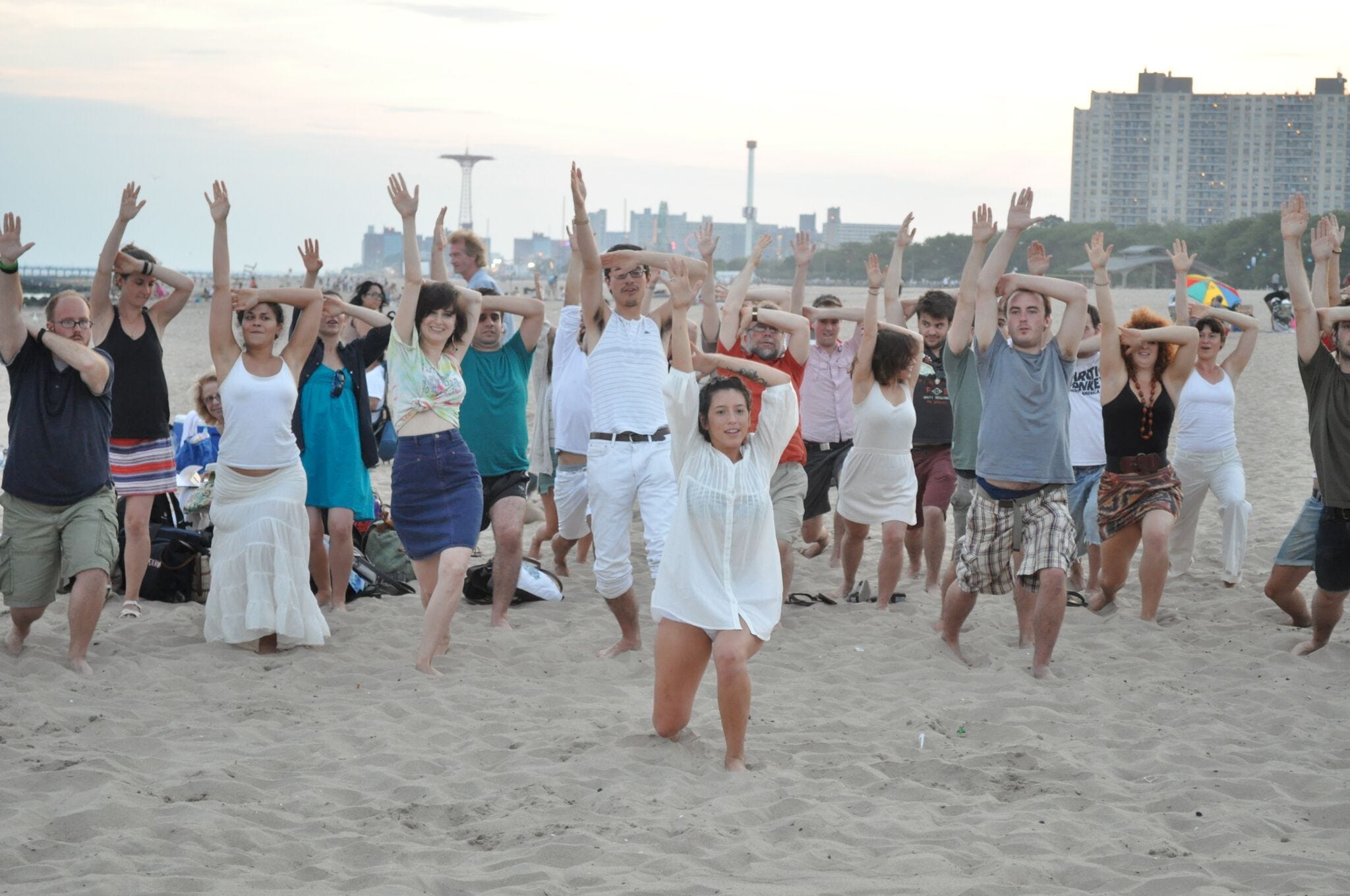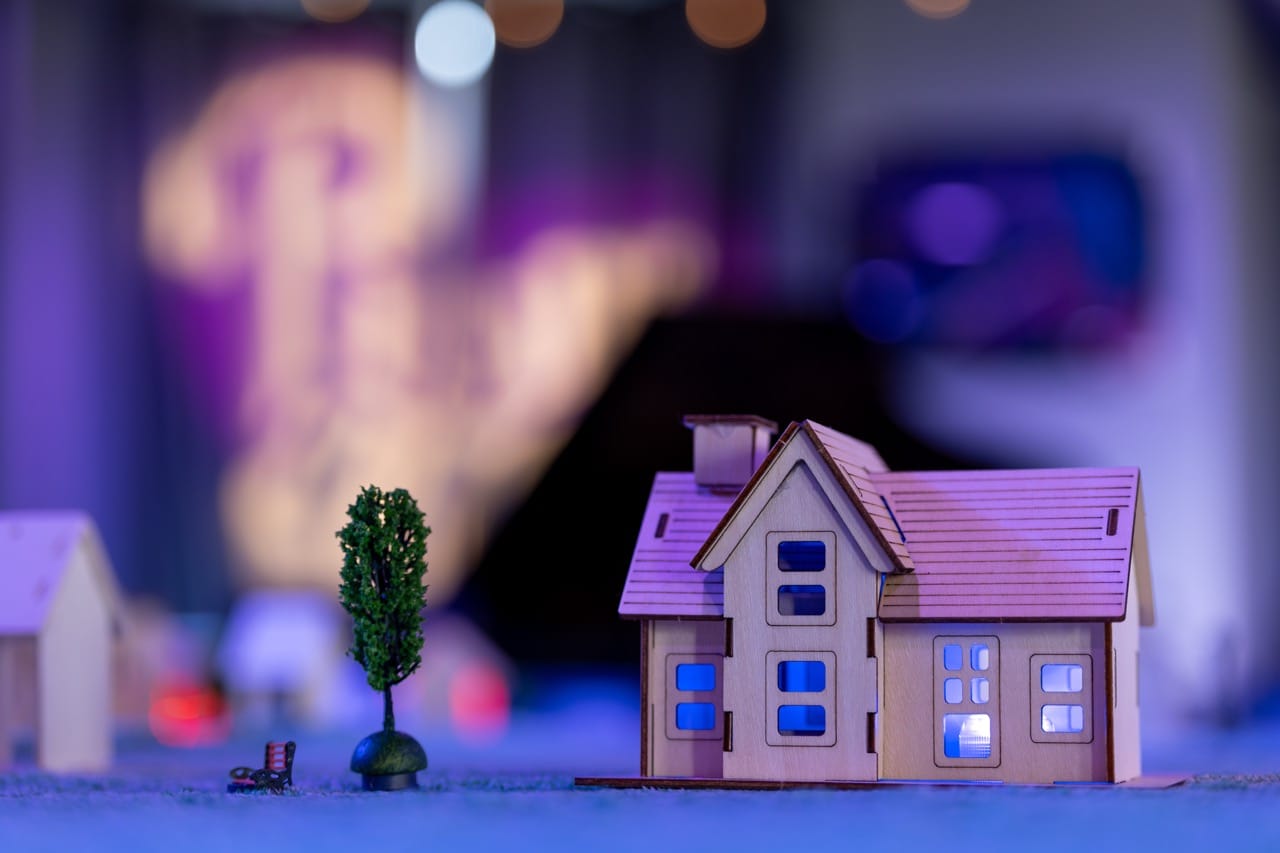
The Denver Center for the Performing Arts Theatre Company announced their 40th anniversary season this week, and wrapping up the selections is an original Hip-Hop immersive piece directed by Jenny Koons presented by the DCPA’s Off-Center arm, which was behind Third Rail Project’s Sweet and Lucky and last year’s immersive staging of Michael John LaChiusa’s jazz musical The Wild Party.
Koons comes to the project with an already prolific c.v. including the site-specific The Odyssey Project and served as the associate/resident director at Queen of the Night. We checked in with Koons, asking her our perennial questions: The Immersive 5.
No Proscenium: What does “immersive” mean to you?
Jenny Koons: Immersive means creating a waking dream that envelops an audience in an experience or world. It is thoughtfully considering each step, interaction, and image of an experience from the moment a guest purchases a ticket to days after the experience ends. It means creating a fully lived-in world that can transform the way someone thinks, who they might interact with, the questions they’re asking, and how they experience a day. It means pushing someone (or inviting them) beyond their daily norm or comfort zone in surprising and meaningful ways.
NP: Why (or why don’t) you think of your work as immersive?

JK: At the end of the day, I just want people to come together and experience something they can’t find on Netflix. Aren’t we all longing for that right now? There are days when I feel myself going down the news rabbithole and it feels like too much to get dressed up, go out, and try something new. I want to make work to get us out of the house and in community with each other!
It makes me think of Joseph Campbell’s beautiful quote, “People say that what we’re all seeking is a meaning for life. I don’t think that’s what we’re really seeking. I think what we’re seeking is an experience of being alive.”
I think the desire for this work stems from an excitement for experiences that make audiences feel truly alive. I remember the first time I saw Sleep No More in 2011, my body tingled for days afterward. The colors on the street were brighter, my senses were heightened, I saw the world differently. I was transformed by only three hours in a beautifully constructed experience.
I want to create events that transport us to unfamiliar and unknown worlds. Whether those worlds form on a traditional stage or in a sprawling warehouse, I want to give people a reason to go out. I want to make work that feels completely distinct from one’s daily life. And I want the audience to leave the experience different from when they entered. Whether it’s Sleep No More or a Beyoncé concert or an art installation, I’m obsessed with discovering how an event can be both transporting and transformational.
Ha! I got to the end of this question and didn’t answer the question.
I guess I think of my work as immersive, regardless of the container it fits in. My hope is always to create a transporting and transformational experience that envelops the audience, even when it happens in a traditional theater space.

NP: What was the moment where you knew that this kind of work was for you?
Get Noah J Nelson’s stories in your inbox
Join Medium for free to get updates from this writer.
SubscribeSubscribe
JK: In 2012 I directed and produced The Odyssey Project, a yearlong site-specific performance in twelve public locations across New York City. We performed two-weeks-on and two-weeks-off for an entire year, with an incredible ensemble of 29 artists (many of whom had experience with Punchdrunk and Third Rail and other immersive companies) rotating in and out. Each site was chosen to fit a stage of the Hero’s Journey (back to Joseph Campbell!), so specific neighborhoods of the city became the immersive worlds that enveloped the audience. We performed everywhere from the Staten Island Ferry during morning rush hour into Manhattan to the secret tunnels of Chinatown on a spy chase.
March was “The Road of Trials,” where the hero must fight through overwhelming obstacles to find her way. I’ll never forget the performance on the day of the St. Patrick’s Day parade, Manhattan filled with drunk revelers, paradegoers, and thousands and thousands of people in this tiny grid of Midtown Manhattan where our performance was taking place. And it was PERFECT. The audience members were fully immersed in an energy and bustle that would normally be frustrating, but within the context of the performance it was exhilarating and hilarious. The one-on-one interactions required the audience members to interact with seeming “strangers” in order to get clues and objects to lead them to the next stage. And everything about the atmosphere of the day and each interaction with a stranger felt like a waking dream, as though the city was opening itself up in the midst of utter chaos and frenetic energy.
The thrill and danger of being outside of a controlled performance environment for a year, creating experiences that were open to interference and obstacles and beautiful moments of unexpected perfection, cemented my excitement in exploring new forms and new ways of creating experiences for audience members beyond a proscenium.
NP: When designing — regarding your approach to presence, agency, safety, and consent — how do you cue the audience as to what’s expected of them and the nature of the content they might encounter?
JK: First in my mind is total clarity on my end about the audience’s role in every moment of the experience. I find often as an audience member in immersive shows, I don’t always know exactly what the creators want me to do. And if I’m told what I’m doing is wrong, it makes me pull out of the experience. For me it all goes back to taking care of the audience at every moment, big and small. I need total clarity on what is/isn’t allowed and then we can figure out how to convey that in a way that is direct without bursting the bubble of the world we’re creating.
Many audience members will intuit the rules if the creators and performers have total clarity that is embued through many aspects of the experience, not just the “rules presentation” when the experience begins. I want to take any doubt and confusion off the audience member’s mind so they can be fully IN the experience. I think it’s the creators’ job to establish the structure for everyone and then find subtle and clever ways to weave it in. As humans we are constantly intuiting the unspoken rules of spaces and situations, so how do we get better within our form at conveying them clearly so the audience doesn’t feel alienated?

NP: What works — be they creative works, books, or other inspirations — have shaped your current work?
JK: Complicite’s Mnemonic has stayed with me as a reference and artistic inspiration since I saw it in 1999. The way they shift form, integrate text, and use imagery to surprise and challenge the audience was something I’d never experienced.
I LOVE comic books and they way they convey narrative through imagery and non-linear storytelling. In particular I love Frank Miller’s Sin City series, Craig Thompson’s Blankets, and of course Alison Bechdel’s Fun Home.
I’m obsessed by the work of performance artist Tehching Hsieh, whose timebound explorations and yearlong series hugely inspired The Odyssey Project.
Beyoncé’s FORMATION tour was one of the most exhilarating and beautifully crafted live events I’ve ever attended. It had such clarity of emotional arc that brilliantly led the audience on a journey through sound and image. I’ve rarely been as in awe as I was at the end of that show. The power of Beyoncé, y’all.
View all of our Immersive 5 Interviews.
No Proscenium is a labor of love made possible by our generous Patreon backers: join them today!
In addition to the No Proscenium web site, our podcast, and our newsletters, you can find NoPro on Twitter, Facebook, YouTube, Instagram, in our Facebook community Everything Immersive, and on our Slack forum.















Discussion